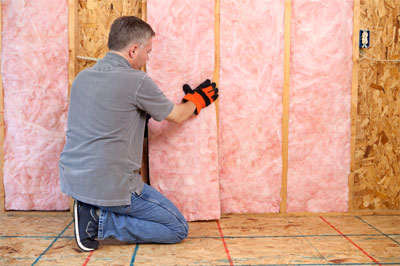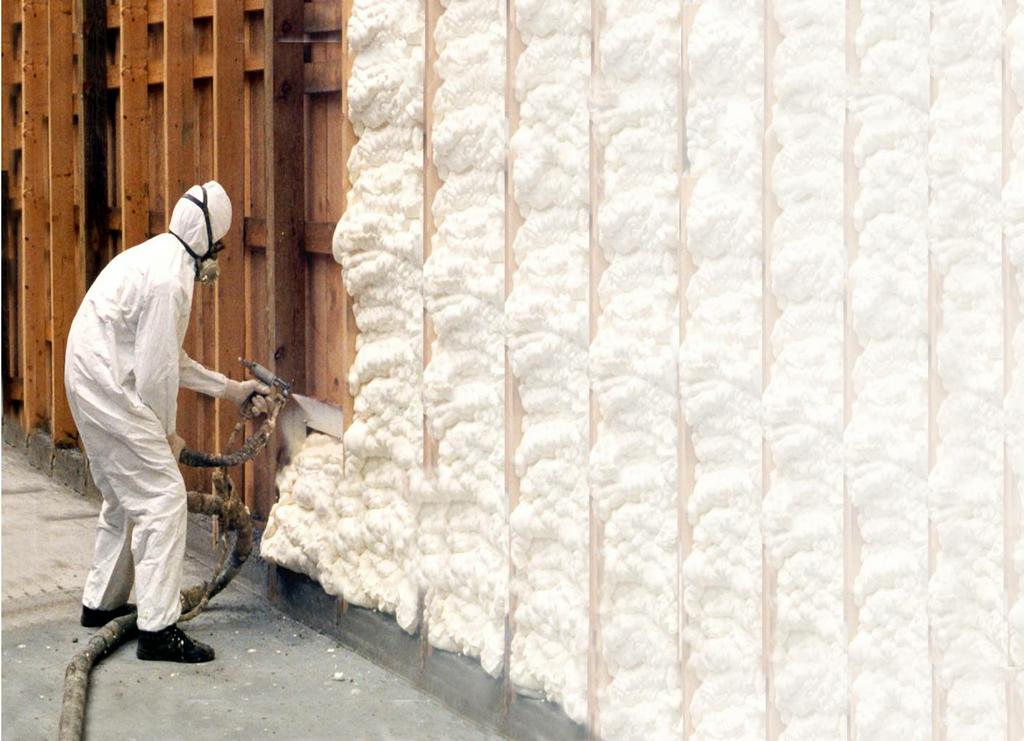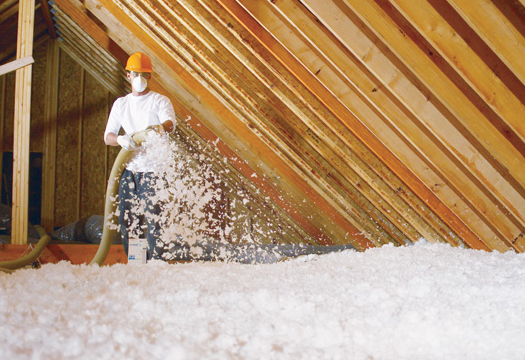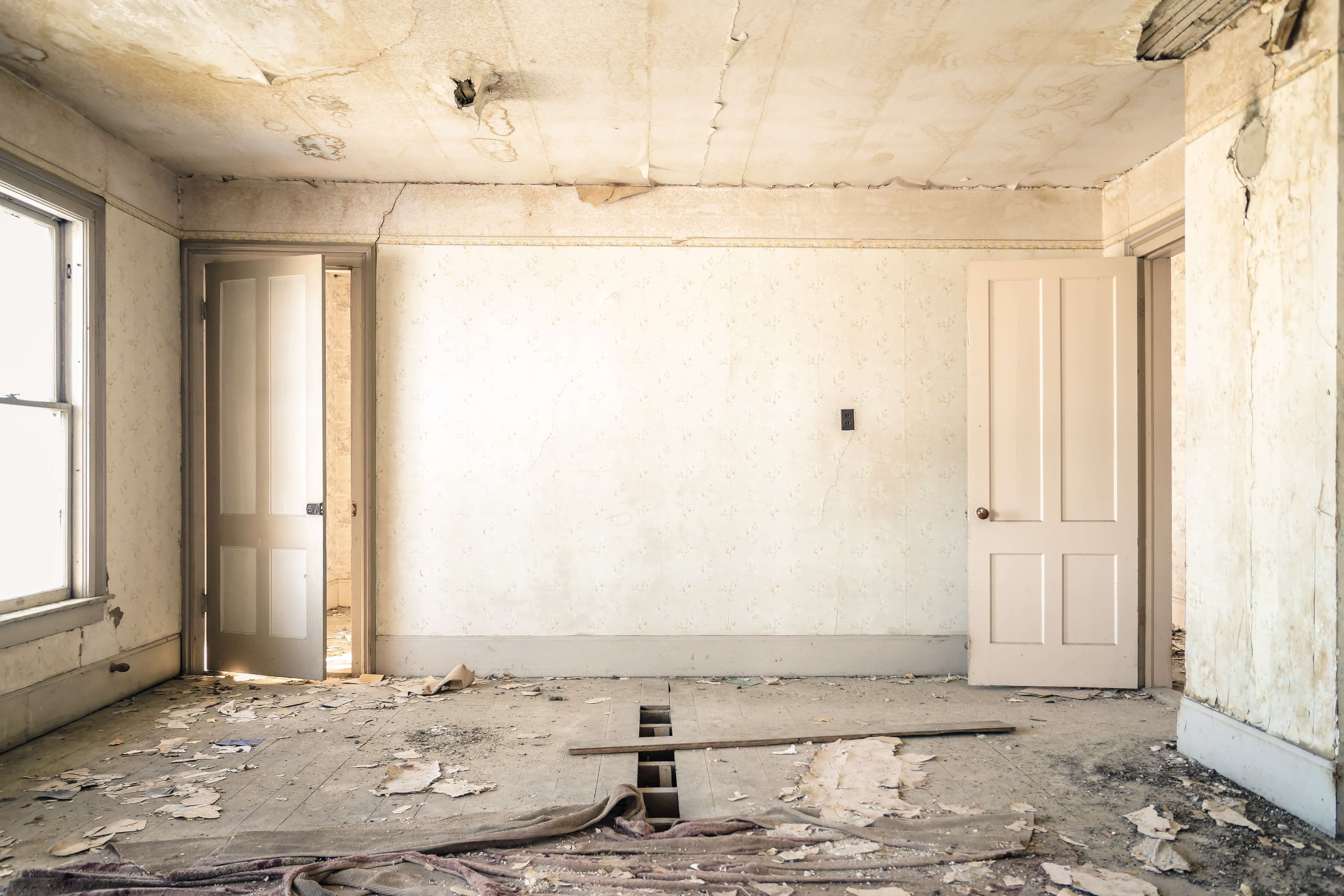Ever Wonder What You Should Know About Insulation? Here's a quick breakdown.
3 Types Of iInsulation
Bigger picture, insulation is measured in “ohms”, which measures the resistance of heat transfer between the outside and inside of the house or vice versa. The three types of insulation are Batts, Blow Insulation, and Spray Foam.
Batts
There are two primary types of materials you can choose from, fiberglass or cotton. Fiberglass is actually fiberglass particles woven together and cotton insulations is actually recycled blue jean materials! Talk about a "green" option. Batts are probably the type of insulation you grew up seeing in your best friend's basement. Fiberglass is definitely more common and typically pink or yellowish. Both materials are about equivalent in function and come in long sheets of interwoven fibers.
- Least efficient primarily because of its shape. The rectangles make it tough to cover each and every nook and cranny of a home. Those tiny exposed areas add up over time and devalue the efficiency of the home.
- Health Concerns: Fiberglass insulation is often viewed as a health concern because the small fibers can be swallowed or inhaled. Once inhaled these tiny fibers can stay in your lungs for a long time and are thought to lead to health problems like cancer.
- Less Expensive
- Easiest Self Installation

Spray Foam
Spray foam keeps your home quieter and has been likened to “living inside a Yeti cooler” You are basically lining your house with the same thing that is inside a #yeti.
They call this process “encapsulating” your home. The house does not breathe on its own - it is completely sealed and the special air conditioning units suck in the fresh air.
- Most expensive
- Most efficient

Blow insulation
Almost as efficient as spray foam insulation at a fraction of the price. Blow insulations are a great way to ensure you cover an entire area with its smaller chunks. Blow insulation is installed through a hose that looks similar to a firefighter hose. The hose typically blows out small chunks cellulose which is 75-85% recycled paper fiber (usually post-consumer waste newsprint). The recycled paper is mixed with 15% of a fire retardant like boric acid or ammonium sulfate.
Because this is composed of small pieces it is much more efficient when filling gaps that need to be insulated.
Blown insulation can either be cellulose but can also be fiberglass. They insulate relatively the same. If you decide to go with fiberglass instead of cellulose, be sure to at least get it in the blow form because it performs better than in batts.
- More Efficient
- Cheaper Option


